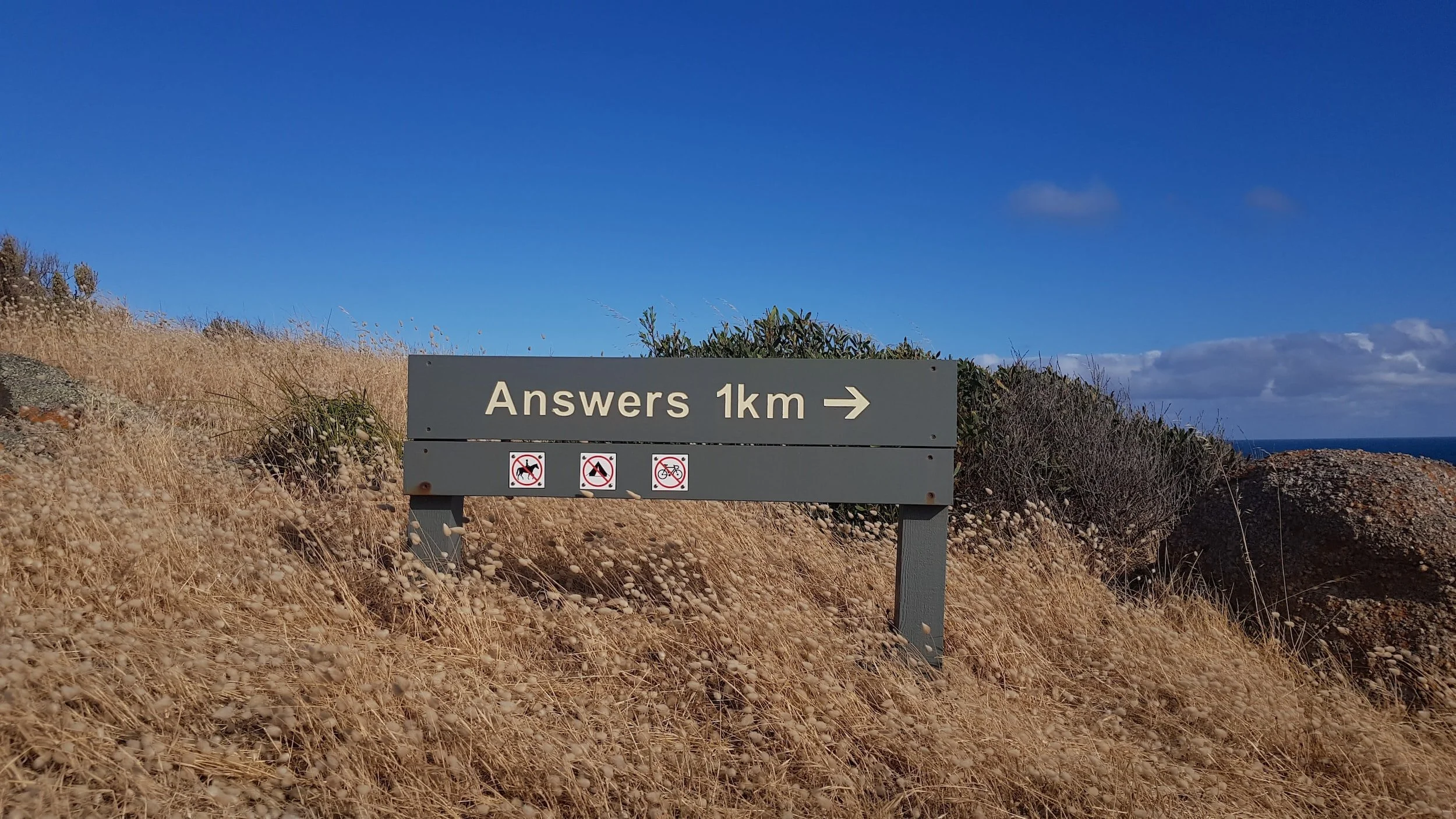Top 10 Questions to Ask in Competitive Analysis Projects (Deeper Dive)
When analyzing your competition, you’ve probably wondered, “what should be the main focus of this research?”, “what are the important questions to ask?” and “how can I incorporate this into my competitive analysis projects?”. At each stage of your project, you’ll be taking the time to identify competitors, research strengths and weaknesses, find solid data and benchmark against your own business.
Having the upper hand in competitive intelligence will help your business succeed. So what questions make for a good competitor analysis project? As you continue reading below, we’ll go more in-depth about what a competitor analysis is and the top ten most-asked questions in competitive analysis projects.
1. Who are the competitor’s customers?
The difficulty of researching your competitor’s customers is that it’s hard to see the inside of their company. To get started with your competitor analysis, there are many online tools you can utilize. Some resources you may use to research your competitor’s customers include:
Social Media - check their followers
Product review sites
LinkedIn profiles
There’s a lot of useful information in this article about how to find competitors’ customers.
2. How much does the competitor charge for their product?
Competitor pricing is excellent information to have. When figuring out what your competitor could be charging for their product, this may seem like a difficult task. While there's no magic recipe for figuring this out, here are some ideas you'll want to remember:
Search for xlsx files with price lists
Try the GSA website for government contracts
Check if partners/resellers publish prices
Product review sites
Ask your own salespeople what they know
3. What else goes into pricing - such as discounts and the cost of implementation services?
Finding accurate street pricing goes beyond list price. You will want to know what kind of discounts the competitor offers and what else goes into a proposal - like professional services, support and other such add-ons.
Search for xlsx files with price lists that may also include discounts
Try the GSA website - quotes on here are more likely to describe the discounts available
Product review sites
Ask your salespeople what they know
4. What do customers like and dislike about the product?
One way to better position your product is to understand how competitors’ customers feel about those competitors’ products. Fortunately, at least for the technology industry, there is plenty of online information for how customers feel about products:
Obviously, try one of the many software review sites
Read between the lines of competitors’ case studies - what do they not say?
Look on YouTube for product demo videos and product review videos
5. What is the competitor’s sales pitch?
Knowing your competitor’s sales pitch means you can tell your customer why you’re the better option. By definition, much of the competitor’s sales pitch has to be public, making this part of a research project comparatively straightforward.
What do they say on their website?
Does the competitor have webinars pitching their products, on their site, partner sites or on YouTube?
What is in their case studies?
How do partners/resellers communicate the sales pitch on their sites?
What does the competitor say on social media?
6. What are the competitor’s product features?
To perform a competitor product feature analysis, the following sources will be useful:
Product review sites
YouTube videos demonstrating the product
Webinars from the competitor or their partners
Feature lists on the competitor’s site or partner sites
7. What does the competitor say about you?
This is a hard one to get from public sources. Most companies avoid talking about their competitors in public. Possible sources include:
Feature comparison tables on the competitor’s site or their partners’ sites
Blog articles comparing their product against yours
Dedicated PDFs on their site, comparing their product against yours
Even where you cannot find the competitor’s version of this comparison, you can check independent blogs/sites that compare your product against the competition - competitor pitch points will often be similar.
8. What services are offered for implementation, customer success, and support?
Finding what add-on services your competitors offer may be possible from the following sources:
Their own site where they may explain these services
Clues from product review sites
LinkedIn roles suggesting what teams the competitor has for these services
Job postings from the competitor will also tell you which of these areas they may be growing
9. How many employees work in sales, marketing, and engineering?
Competitor org charts are an easy area to research. How many work in their organization, and what is the general profile of those hired at their company? This sort of information can help you understand a competitor’s resourcing and their priorities.
The most obvious source is LinkedIn
Job postings from the competitor will also tell you which of these areas they may be growing
Other minor sources such as case studies, social media and webinars will tell you about individuals who work in these areas, although rarely numbers
10. How does the competitor demonstrate ROI?
Many technology companies try to show what ROI can deliver. As with their sales pitch, this mostly has to be public. Or at least there is likely to be a lot of such data on their site. Sources may include:
The competitor’s case studies
Other content on their site
Competitor social media channels
Partner marketing collateral




